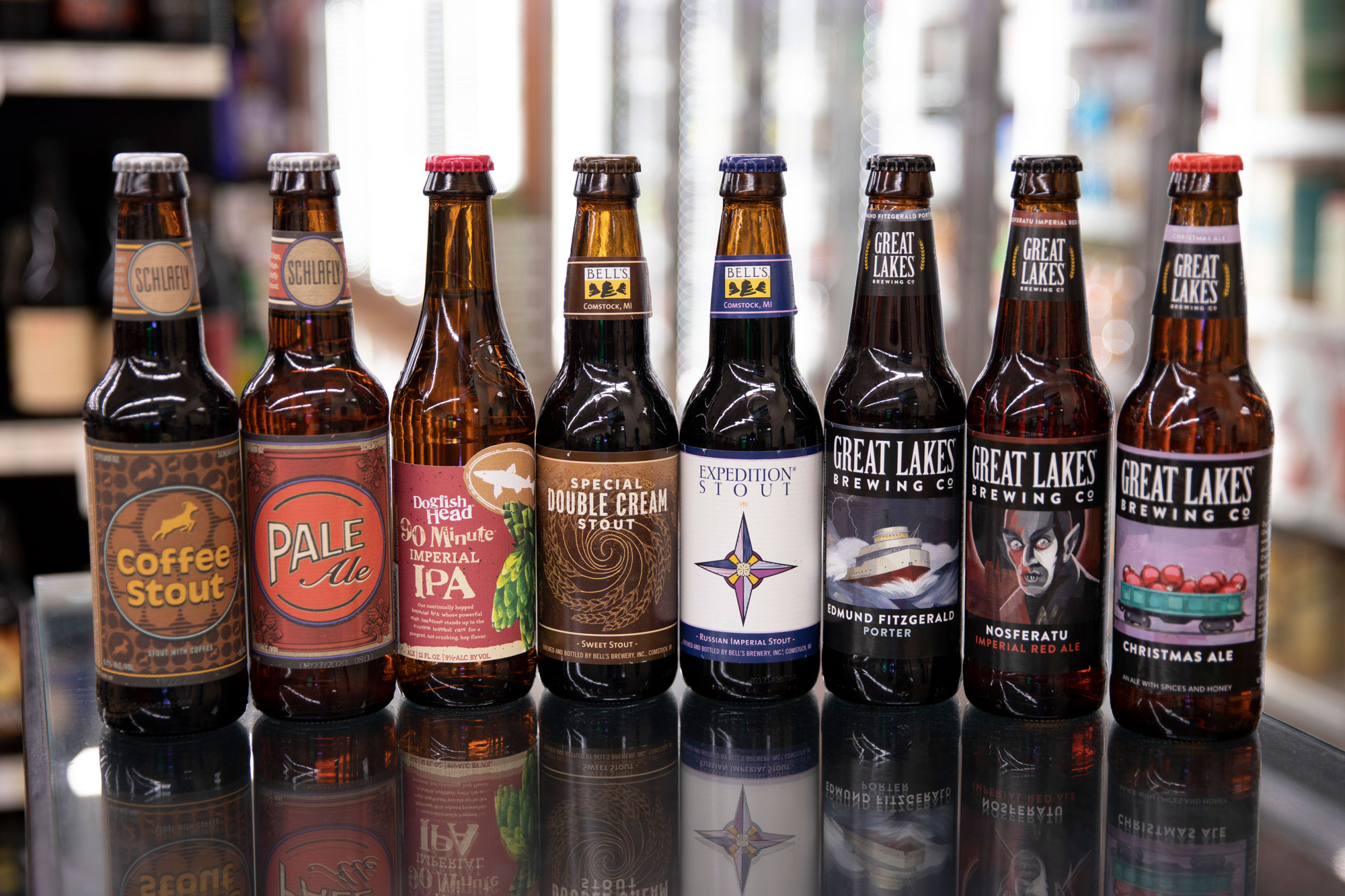The Ultimate Distillery Experience: From Grain to Glass, Whatever You Need to Know
Getting started on a trip through the ins and outs of the distillery procedure unveils a world where scientific research fulfills artistry in the development of spirits. From the mindful selection of grains to the careful crafting of each container, every step in the production line plays a vital role in shaping the final product that enhances our glasses.
The Art of Grain Option
Selecting the optimal grains is an essential action in the distillation process, establishing the taste profile and high quality of the last item. The kind of grain chosen considerably influences the character of the spirit being created - Galveston Liquor. Typical grains utilized in purification consist of barley, rye, wheat, and corn, each conveying unique tastes and attributes to the last item

Beyond taste factors to consider, the top quality and purity of the grains are critical. Distillers meticulously resource grains to guarantee they are without contaminants and possess the necessary starch content for fermentation. By grasping the art of grain choice, distillers lay the foundation for creating remarkable spirits that mesmerize the taste buds.
Purification Process Demystified
Having actually established the structure with meticulous grain choice, the purification process emerges as the transformative stage where the significance of the picked grains is unlocked and refined into a perky type. The process doesn't finish there; several distillation runs or additional steps such as aging in barrels may additionally improve the spirit, boosting its complexity, flavor, and character. Understanding the details of the distillation procedure is crucial for generating top quality spirits that mesmerize aficionados and enthusiasts alike.
Barrel Aging and Taste Growth
Throughout the barrel aging process, spirits undergo a transformative journey as they interact with the wood, absorbing nuanced flavors and creating a rich intricacy. The type of timber utilized, typically oak, substantially affects the final preference of the spirit. Oak barrels are favored for their special residential or commercial properties that improve the taste profile. As spirits age in the barrels, they remove substances such as vanillin, lignin, and tannins from the timber, adding to the development of scents like vanilla, sugar, flavor, and also tips of toasted oak.
In addition, the aging procedure allows Recommended Site for oxidation to happen, leading to additional chemical reactions that smooth the spirit and round out any kind of severe edges. The permeable nature of wood also allows the spirit to take a breath, facilitating the integration of tastes in time. Depending upon the period of aging and environmental problems like temperature level and humidity, spirits can get different features, from subtle wood notes to deep, complex flavors that make each batch one-of-a-kind. Eventually, barrel aging plays a pivotal role in shaping the unique taste profile of each spirit, offering a sensorial journey for connoisseurs to savor.
Craftsmanship in Bottling and Labeling
As spirits reach their optimum taste profiles through barrel aging, the thorough workmanship in identifying and bottling ends up being the following important action in offering a premium product to customers. The procedure of identifying and bottling is a crucial aspect of the general distillery experience, as it is the last touchpoint before the product reaches the hands of customers (Galveston Liquor). Workmanship in bottling entails making certain that each bottle is filled up specifically with the spirit, taking into consideration variables such as consistency in fill levels and the prevention of any pollutants going into the bottle
/https://static.texastribune.org/media/files/ad5ab7b80fc5f2bd06df97dde9a096d4/01%20Beer%20to%20go%20SF%20TT.jpg)
Tasting and Valuing Fine Spirits
To totally value great spirits, one have to involve all the senses in a conscious and purposeful tasting experience. When sampling penalty spirits, it is vital to start by observing the spirit's look. Note the color, clarity, and thickness of the liquid in the glass. Swirl the spirit gently to launch its scent. The nose is a critical sense in tasting spirits; take a moment to inhale you can look here the facility fragrances deeply. Next, take a tiny sip and let it remain on your taste buds. Take note of the various flavors that unravel - from fruity and pleasant notes to spicy or smoky undertones. Think about the mouthfeel, keeping in mind if the spirit is smooth, creamy, or fiery. Swish the spirit in your mouth to completely experience its appearance and taste. Ultimately, swallow gradually and appreciate the lingering coating. Great spirits commonly leave a pleasurable aftertaste that can disclose my site even a lot more concerning the craftsmanship and high quality of the beverage. By involving all your detects in this fashion, you can absolutely appreciate and appreciate the intricacies of fine spirits.
Verdict
To conclude, the distillery experience incorporates the elaborate art of grain selection, the specific distillation process, the transformative barrel aging, the thorough craftsmanship in identifying and bottling, and the sophisticated technique of tasting and valuing fine spirits. Each step in the production process plays an essential duty in producing high-quality spirits that captivate the senses and joy connoisseurs worldwide.
The type of grain selected substantially affects the character of the spirit being produced. By grasping the art of grain choice, distillers lay the foundation for developing exceptional spirits that captivate the palate.

Comments on “Distillery in Galveston: Discover the Art of Craft Moods”